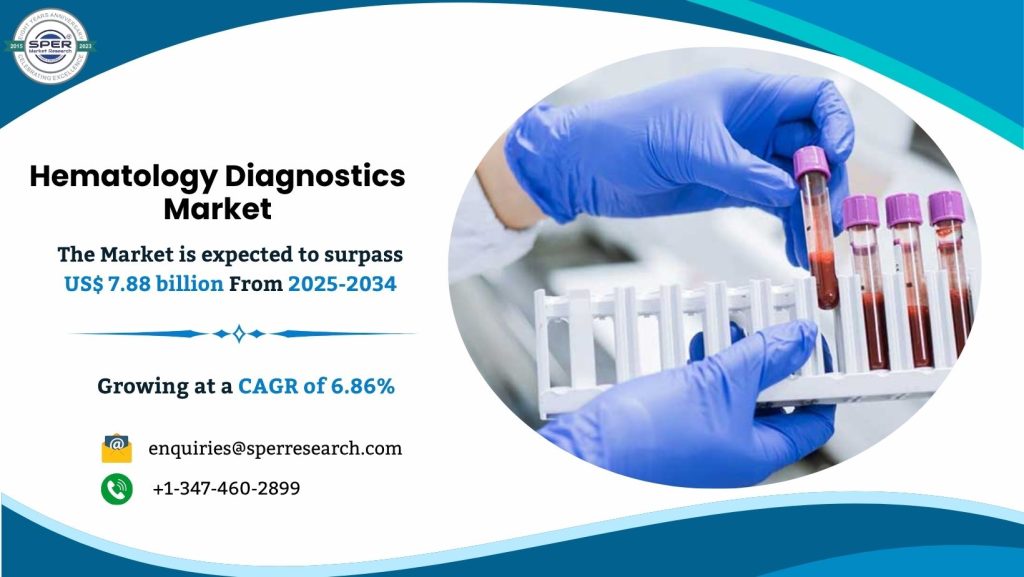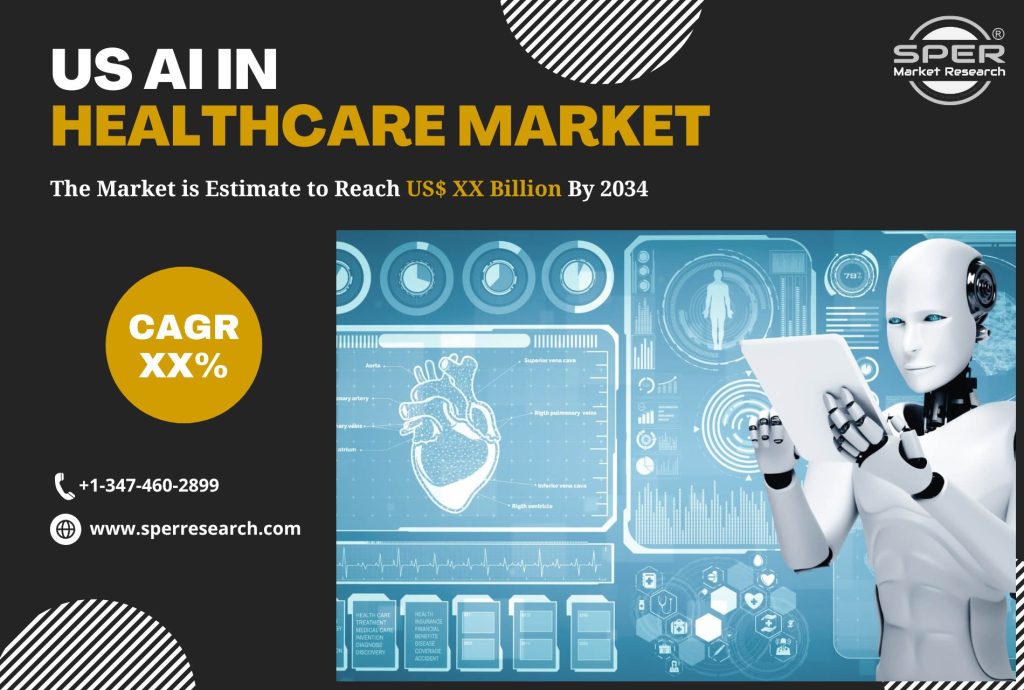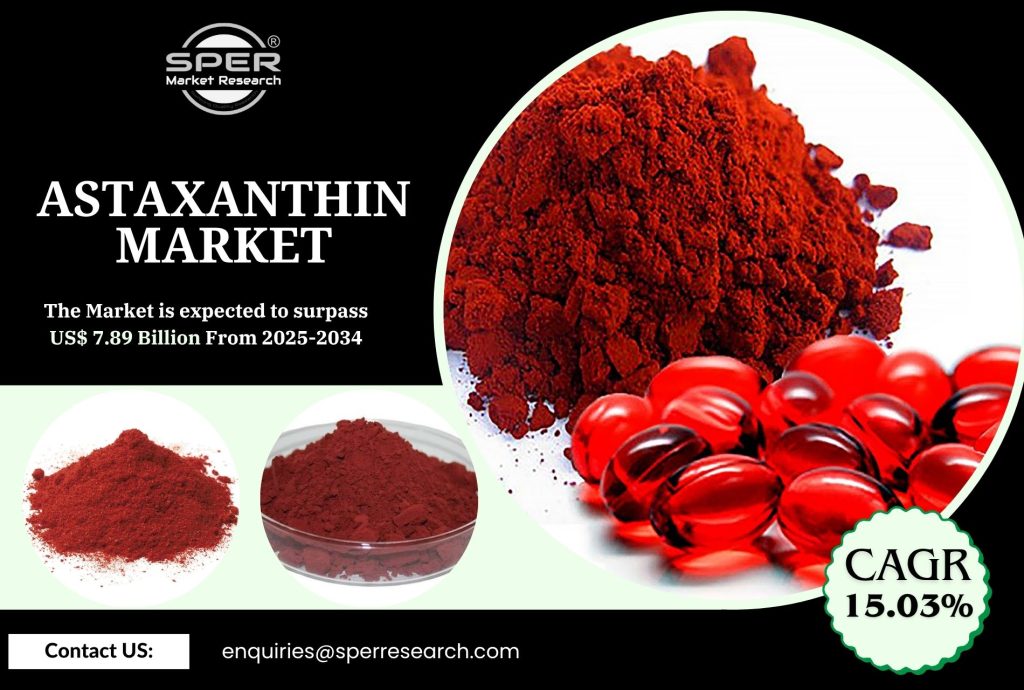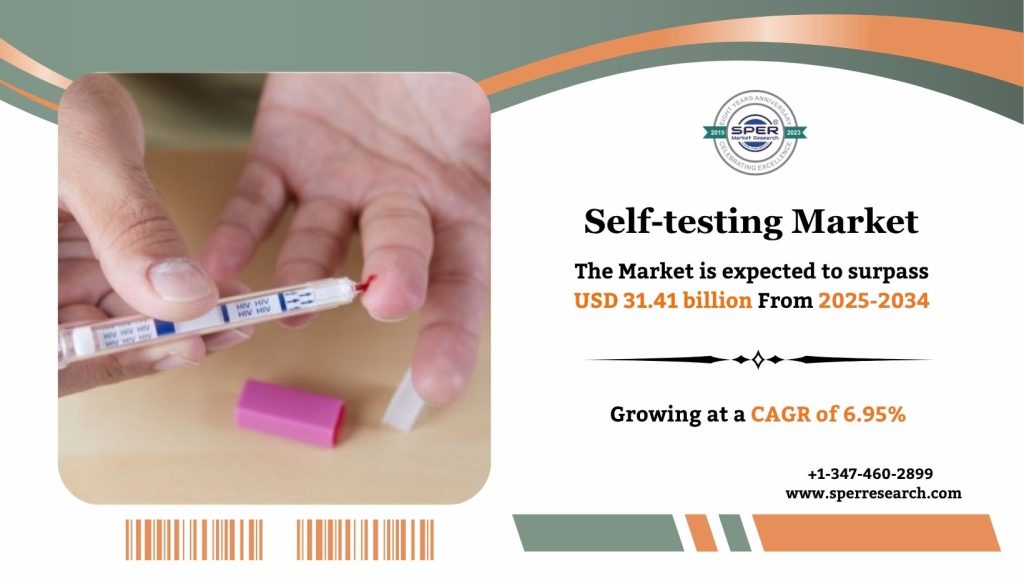The medical process of taking a person’s blood samples for donation, treatment, or diagnosis is known as blood collection. It is frequently carried out by venipuncture, which involves taking blood from a vein, usually in the arm. Additional techniques include arterial collection for certain tests and capillary sampling from the heel or tip of the finger. Medical research, disease diagnosis, health state monitoring, and transfusion blood collection all depend on blood collection. Trained medical personnel perform the procedure utilising sterile methods.
According to SPER market research, ‘Global Blood Collection Market Size- By Collection Site, By Application, By Method, By End User – Regional Outlook, Competitive Strategies and Segment Forecast to 2034’ state that the global blood Collection market is predicted to reach 9.08 billion by 2034 with a CAGR of 8.93%.
Drivers:
Several significant factors contribute to the rapid growth of the global blood collection industry. The increasing frequency of chronic diseases such as diabetes and cancer need regular blood tests. Blood collection efficiency and accuracy are improved by technological improvements such as automation and point-of-care systems. As the population ages, the demand for medical tests and procedures increases. Furthermore, the rise of home-based healthcare services provides patients with easy access to blood collection, particularly those with chronic diseases. Increased surgical operations and trauma cases drive up the demand for effective blood collection, making it critical in modern healthcare.
Request a Free Sample Report: https://www.sperresearch.com/report-store/blood-collection-market.aspx?sample=1
Restraints:
The blood collection market confronts a number of constraints that may impede its expansion. High prices associated with improved blood collection instruments and automation technologies may hinder adoption, particularly in underdeveloped countries. Stringent regulatory requirements for safety and quality create hurdles to market access and delay product certification. Furthermore, the hazards of contamination and infection during blood collection provide concerns for manufacturers and healthcare practitioners. The shortage of competent healthcare professionals to take blood and maintain advanced equipment further limits industry growth. Finally, logistical obstacles in sample storage and transportation, particularly in remote places, can have an impact on blood collection services’ efficiency and reliability.
North America dominated the blood collection industry, accounting for the vast bulk of revenues. Several factors are propelling the North American market forward, including an increase in the number of accidents, a rise in the frequency of chronic and lifestyle diseases, and an ageing population. Some of the key market players are Abbott, NIPRO Medical Corporation, BD, Terumo Corporation; Medtronic, QIAGEN, FL Medical s.r.l, Greiner AG, Haemonetics Corporation, F. Hoffmann-La Roche Ltd, Sarstedt AG & Co KG, Centogene N.V, SEKISUI CHEMICAL CO, LTD. and others.
For More Information, refer to below link: –
Blood Collection Market Analysis
Related Reports:
Biopharmaceuticals Market Scope, Growth, Analysis, Opportunities and Future Outlook Till 2034
Follow Us –
LinkedIn | Instagram | Facebook | Twitter
Contact Us:
Sara Lopes, Business Consultant — USA
SPER Market Research
enquiries@sperresearch.com
+1–347–460–2899








